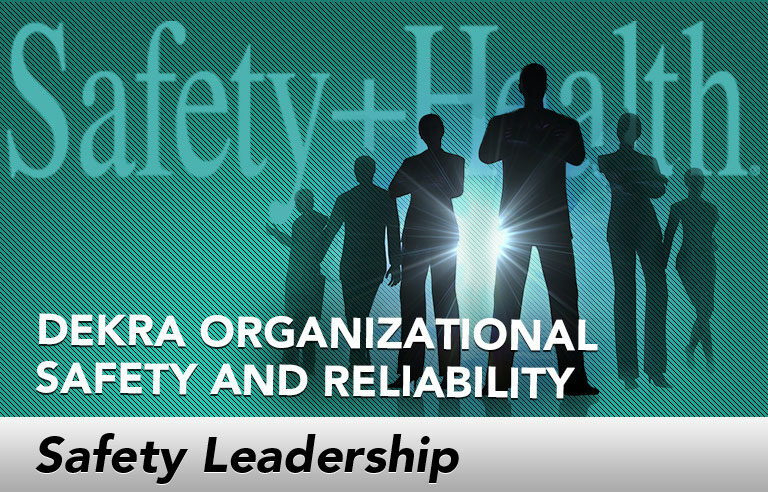Safety Leadership: Using safety experience to build sustainability

Editor’s Note: Achieving and sustaining an injury-free workplace demands strong leadership. In this monthly column, experts from global consulting firm DEKRA Insight share their point of view on what leaders need to know to guide their organizations to safety excellence.
Sustainability is a term used in a variety of ways. For some, it means reducing their carbon footprint, protecting natural resources, etc. For others, it’s about social responsibility, supporting your local community and being economically just. However, for those of us in safety, all of these definitions of sustainability have the same principles: do no harm, leave no footprint and do some good along the way.
This is why many organizations turn to their health, safety and environmental leaders to head up sustainability efforts. We’re good (or should be) at these things. We have experience in identifying and describing risks and alleviating them through action plans. To that end, here are the steps we suggest taking to develop a comprehensive approach to sustainability at your organization:
1. Start (or help continue) the sustainability discussion. Although many organizations have some sort of sustainability approach, many do not. You can initiate that conversation by identifying areas for deeper discussion. For example, perhaps your company makes a token gesture at recycling while failing to identify or address the much bigger problem of emissions created by its fleet of trucks. Even in organizations with a well-articulated sustainability strategy, execution can be challenging. HSE leaders are ideally suited to help because we routinely develop and integrate safety programs into policy, strategy, plans and objectives.
2. Help give sustainability a coherent identity. HSE leaders can help their organizations give context to what the sustainability agenda is trying to achieve by asking (and helping answer) many of the same questions used to develop a safety vision:
- What is the sustainability program’s goal?
- How does it fit into the organization’s overall mission and strategy?
- What benchmarks will be used to measure success?
- How do the policy, strategy and objectives align with other business objectives?
- Should sustainability be integrated into HSE or somewhere else?
- To what extent do employees at various levels know and understand the vision?
3. Guide the development of an end-to-end sustainability framework. Safety leaders can help build a framework by asking about several elements:
- Is there a strategy to the sustainability initiatives?
- What are the key touchpoints with people at each stage?
- What are the major milestones – from inception to retirement – in the life of each initiative?
- What needs in local communities does your program help address?
- Does the program make a difference to your stakeholders?
4. Help operationalize sustainability activities. Safety leaders can help turn these concepts into long-term actions by integrating them into key business operations:
Management systems. What systems do we have that enable and sustain desired performance (e.g., reporting, training, etc.)? How do they work (or not work) together?
Governance. What’s the formal structure that supports sustainability decision-making, accountability and action?
Expertise. How do we recruit, hire and develop the specialists needed for our sustainability efforts?
Scorecard. How does the organization seek and use information about sustainability?
5. Help the organization create engagement. Specifically, HSE leaders can help with developing awareness and perceptions among external and internal stakeholders.
6. Keep a focus on safety. As safety leaders, our job is to maintain vigilance and never stop learning. Our ongoing practice, collaboration and research can inform efforts elsewhere, including sustainability. With thousands of workers still dying each year in the United States because of exposures, we have great value to add in the “do no harm” conversation of sustainability.
This article represents the views of the author and should not be construed as a National Safety Council endorsement.
 Jill Wiltfong is senior vice president of Business Innovation at DEKRA Insight and DEKRA Business Assurance.
Jill Wiltfong is senior vice president of Business Innovation at DEKRA Insight and DEKRA Business Assurance.
Direct to your inbox: Sign up to be notified in email about new "Safety Leadership" columns.
Post a comment to this article
Safety+Health welcomes comments that promote respectful dialogue. Please stay on topic. Comments that contain personal attacks, profanity or abusive language – or those aggressively promoting products or services – will be removed. We reserve the right to determine which comments violate our comment policy. (Anonymous comments are welcome; merely skip the “name” field in the comment box. An email address is required but will not be included with your comment.)

